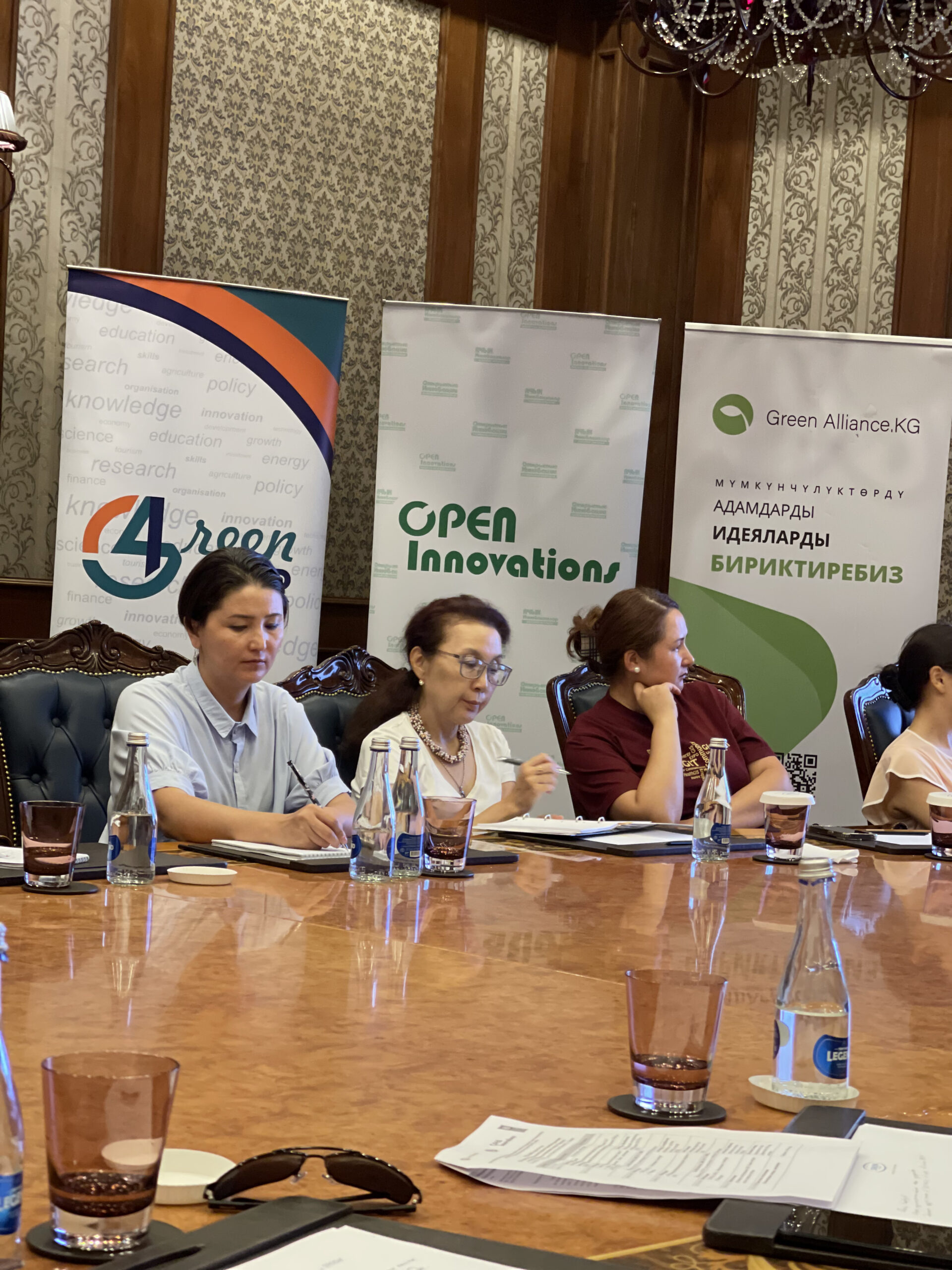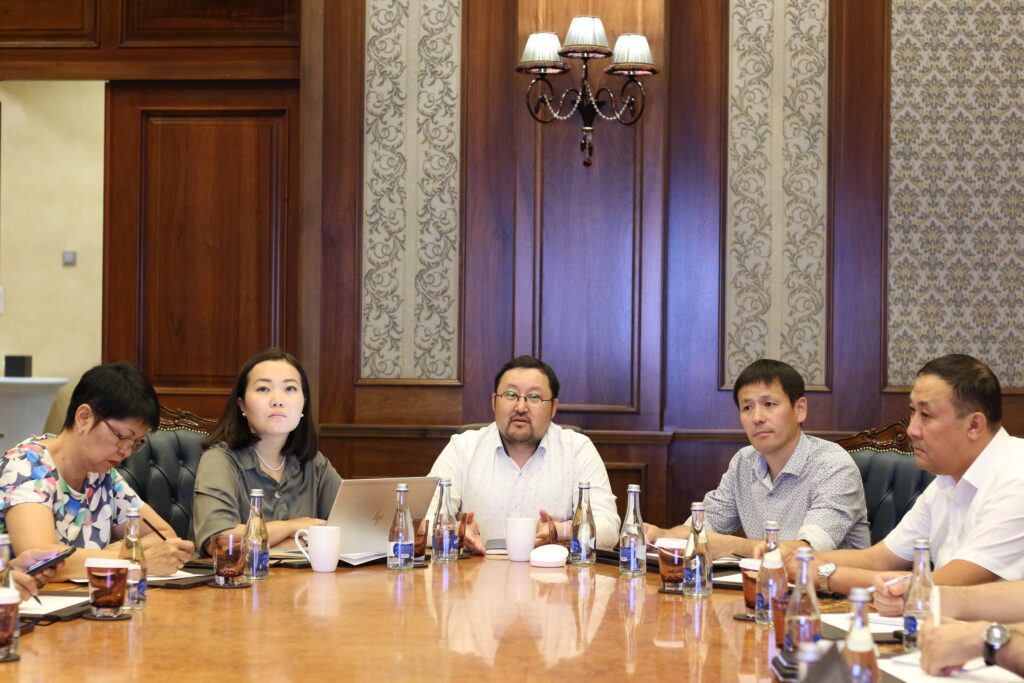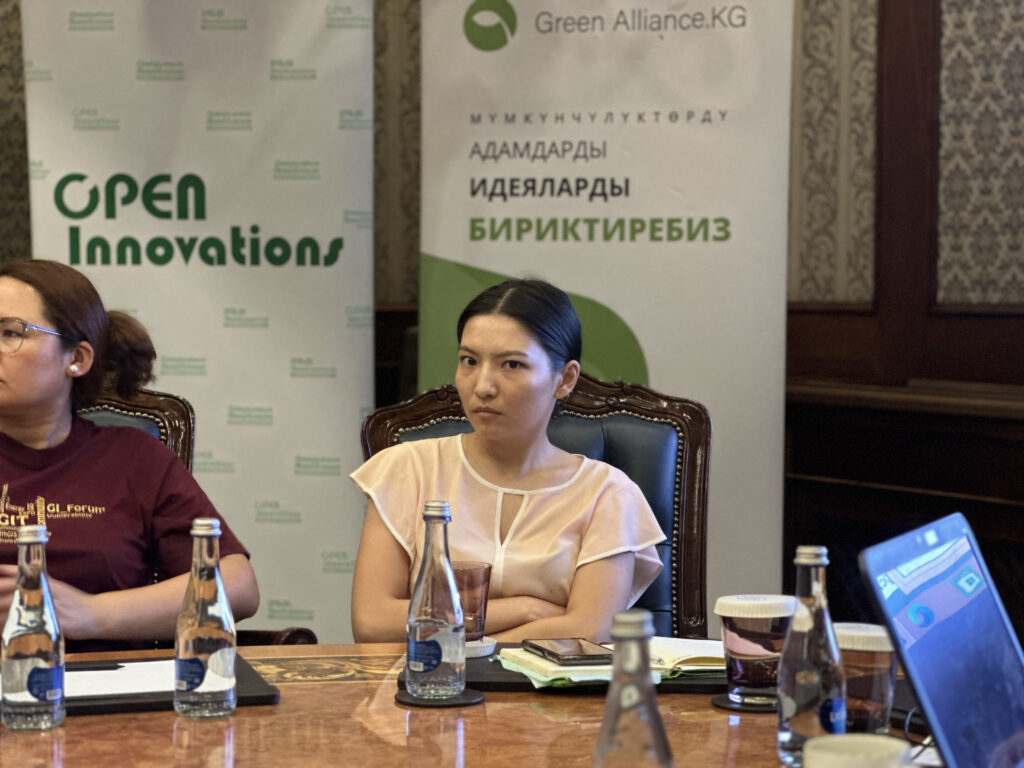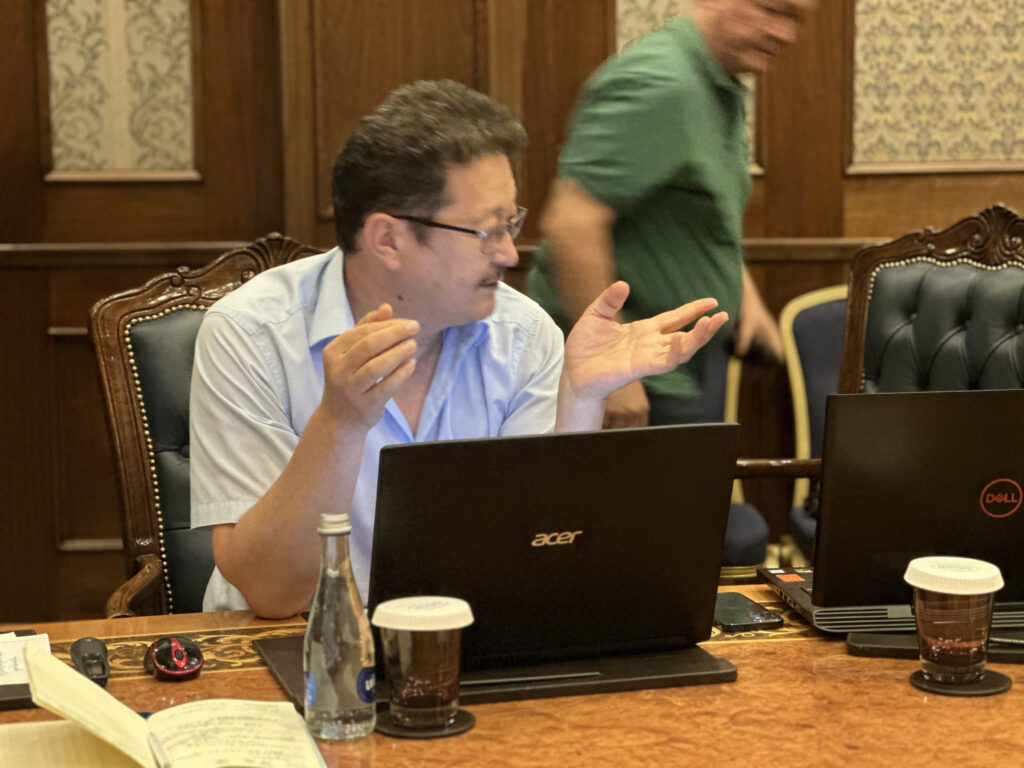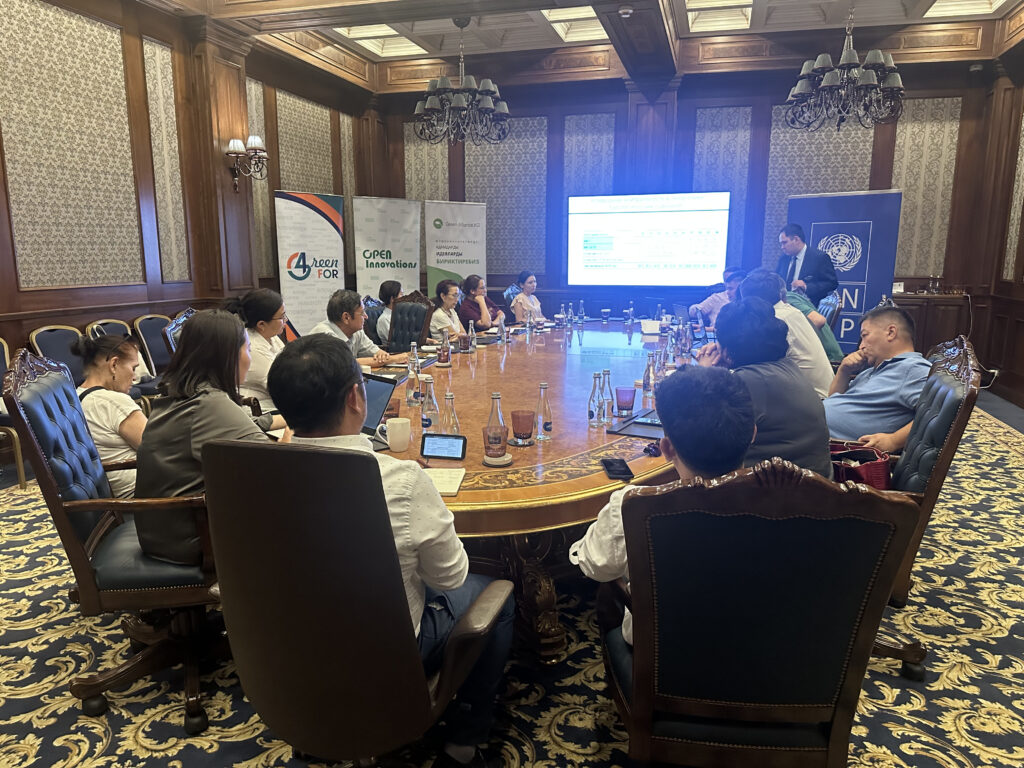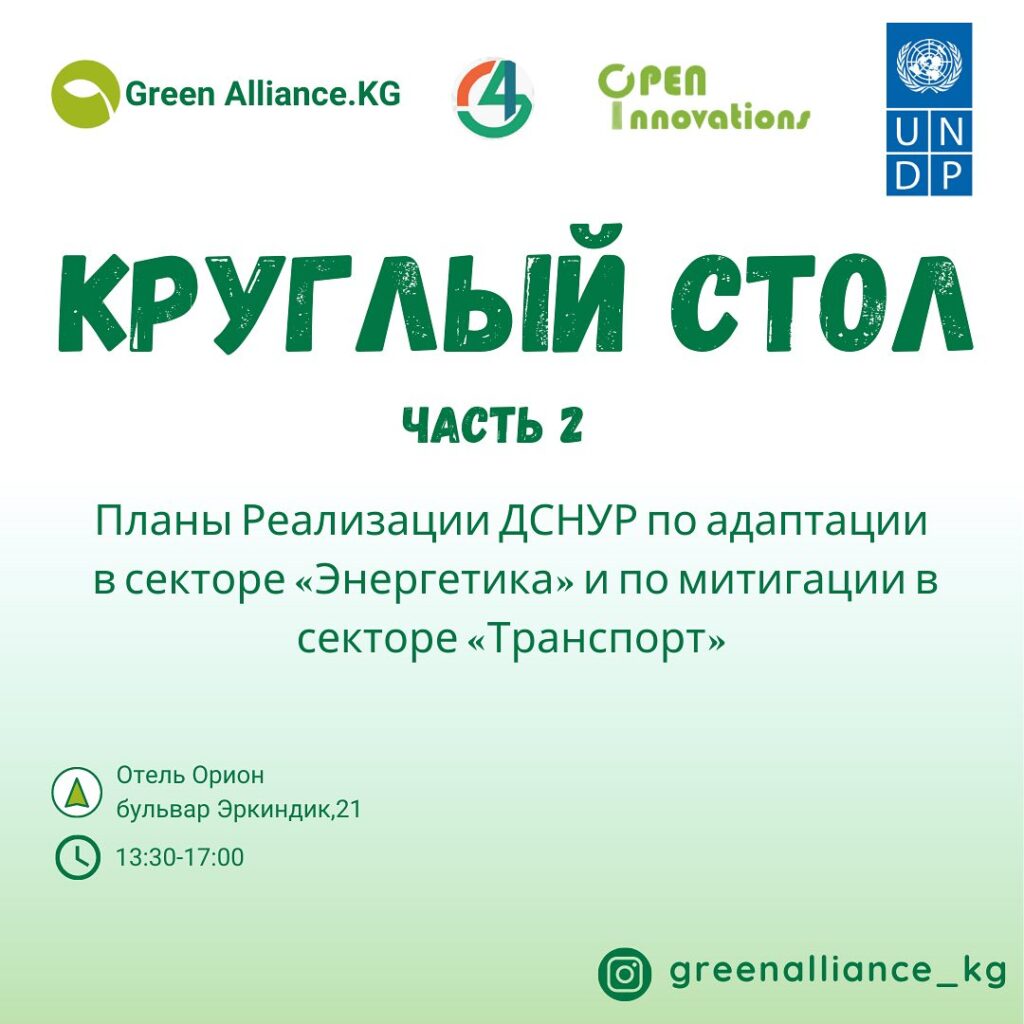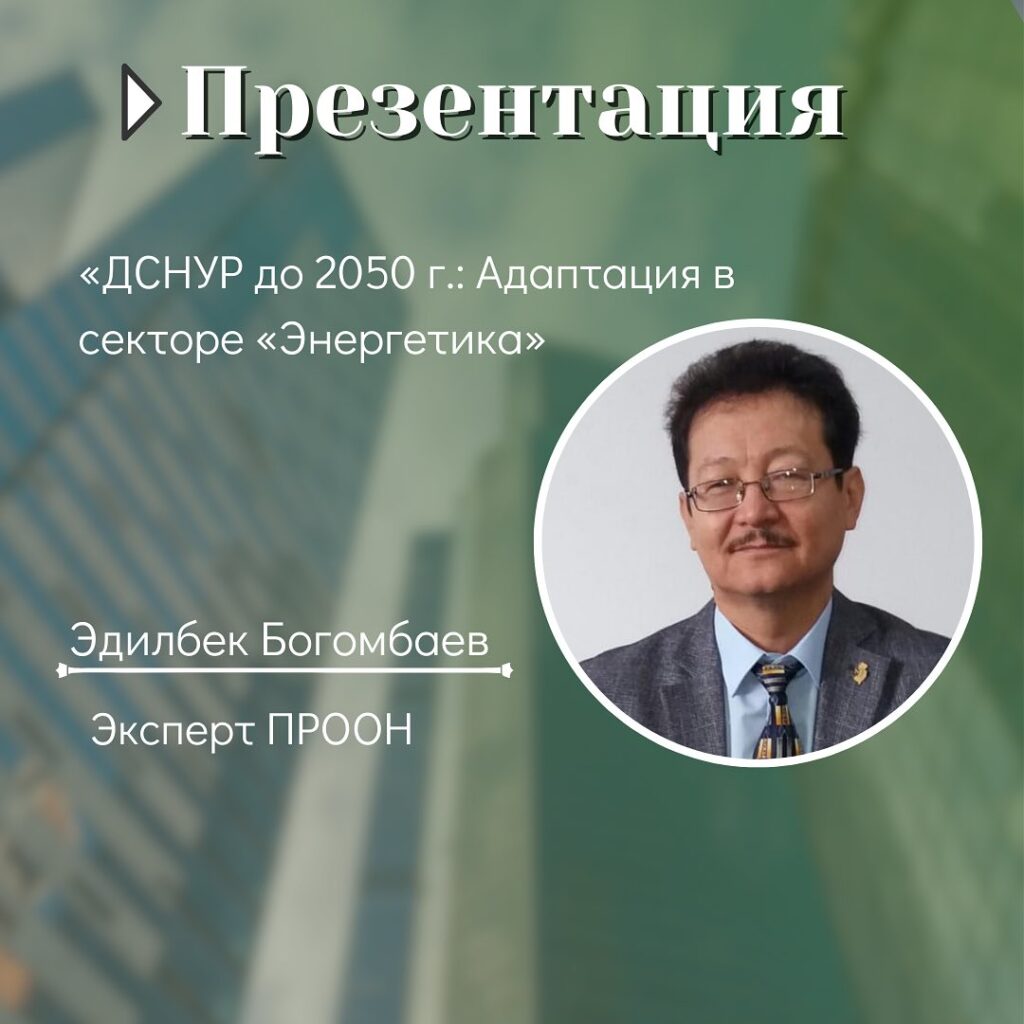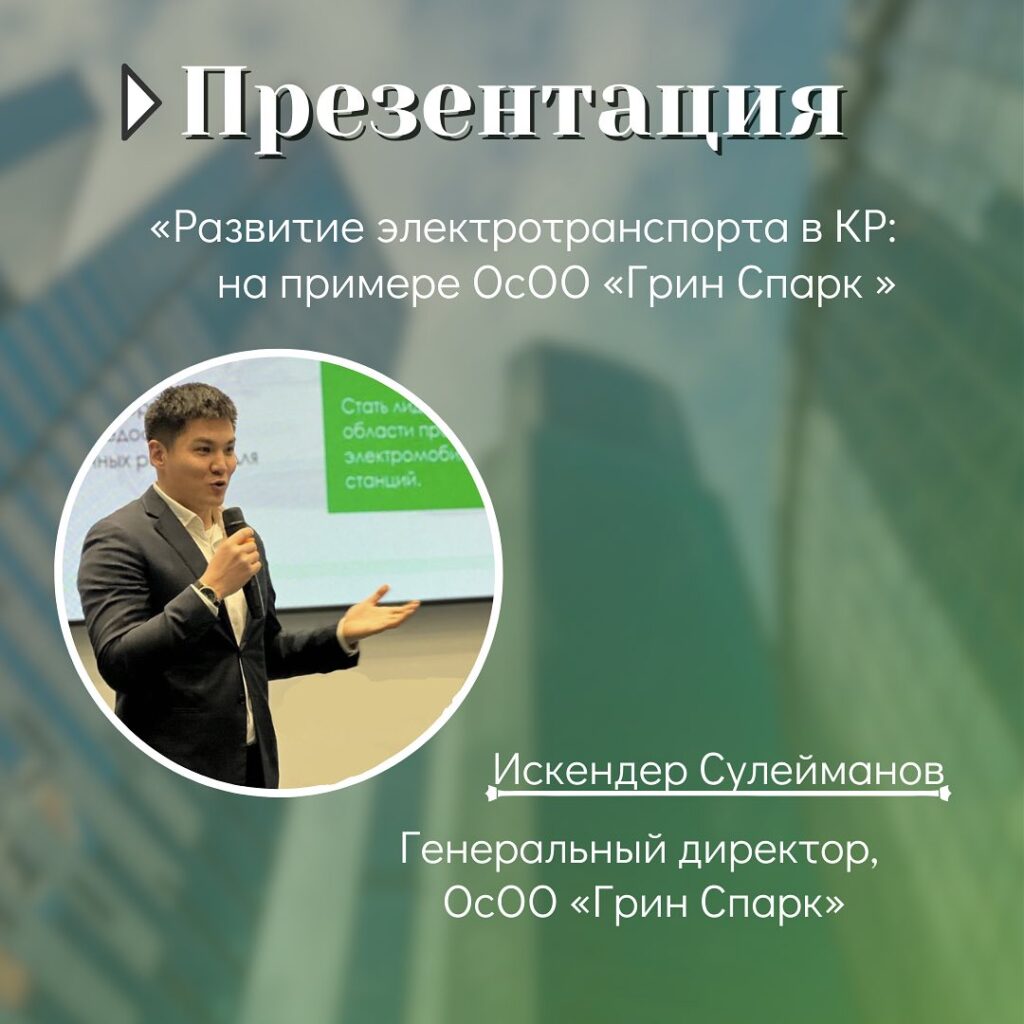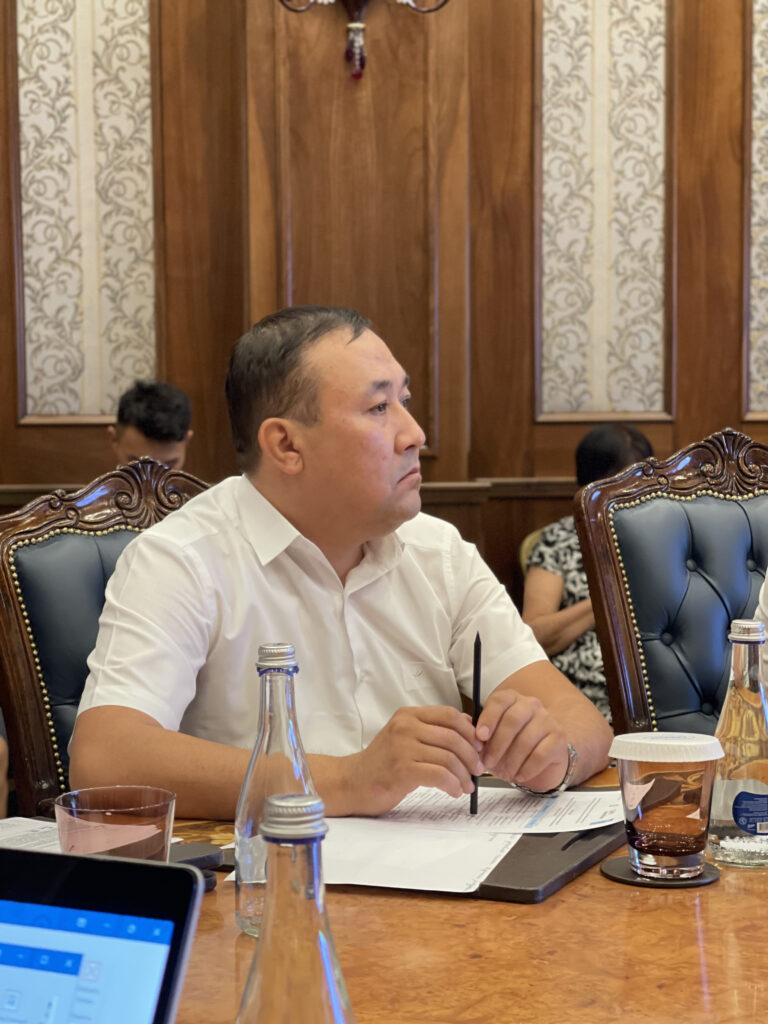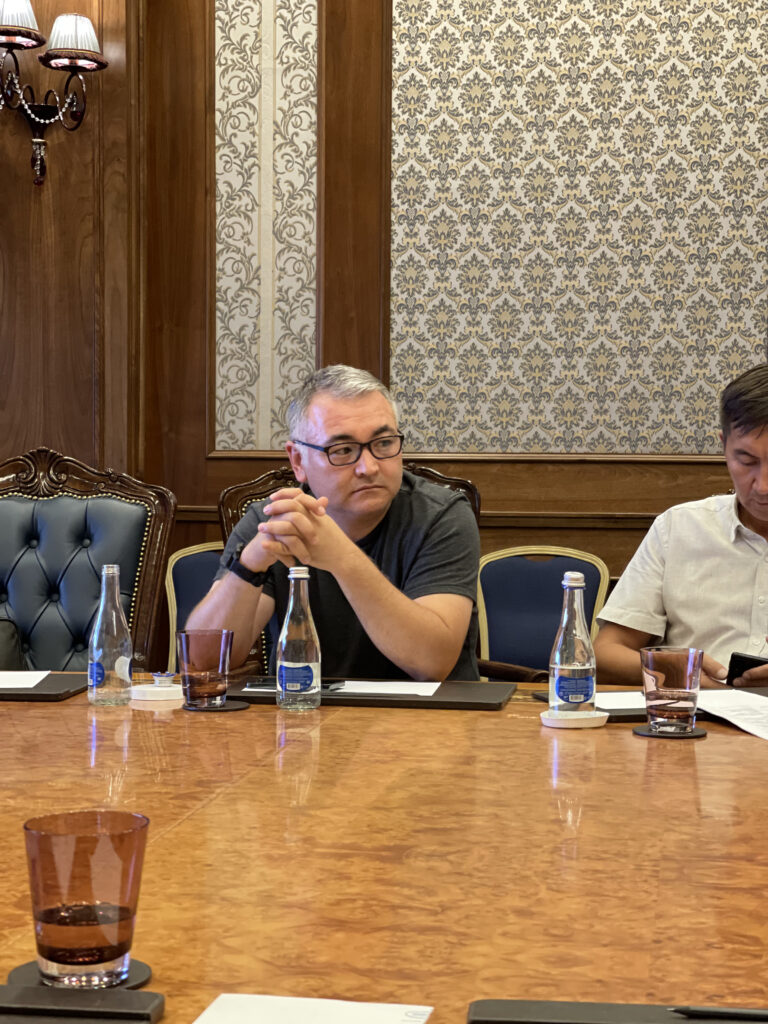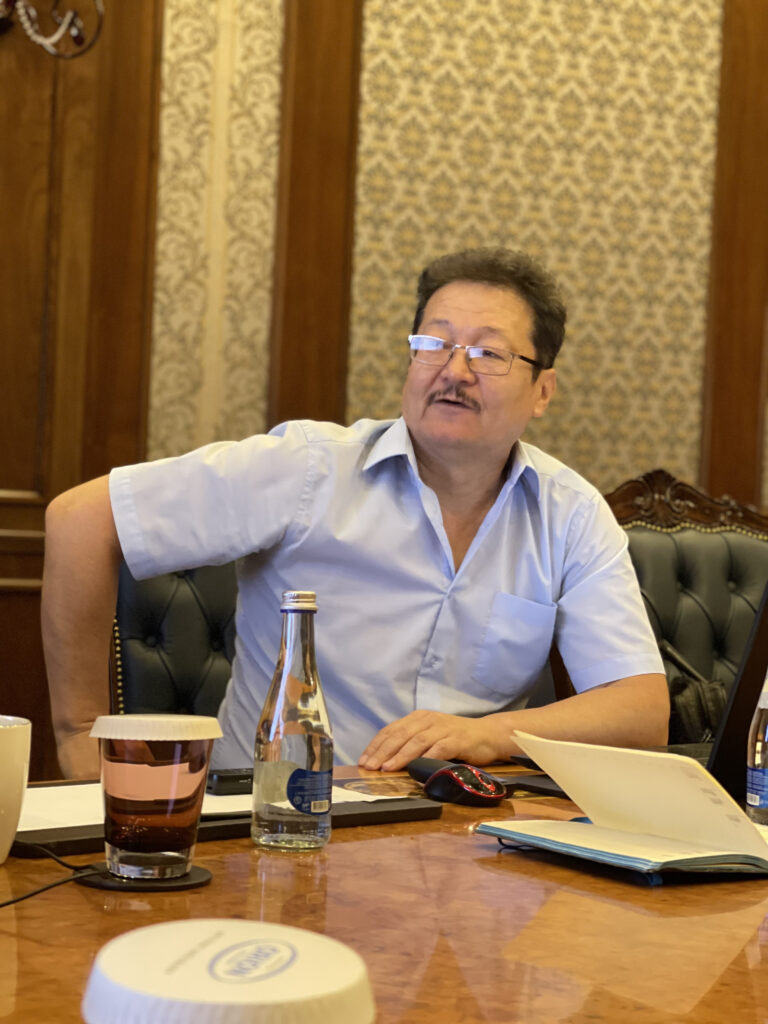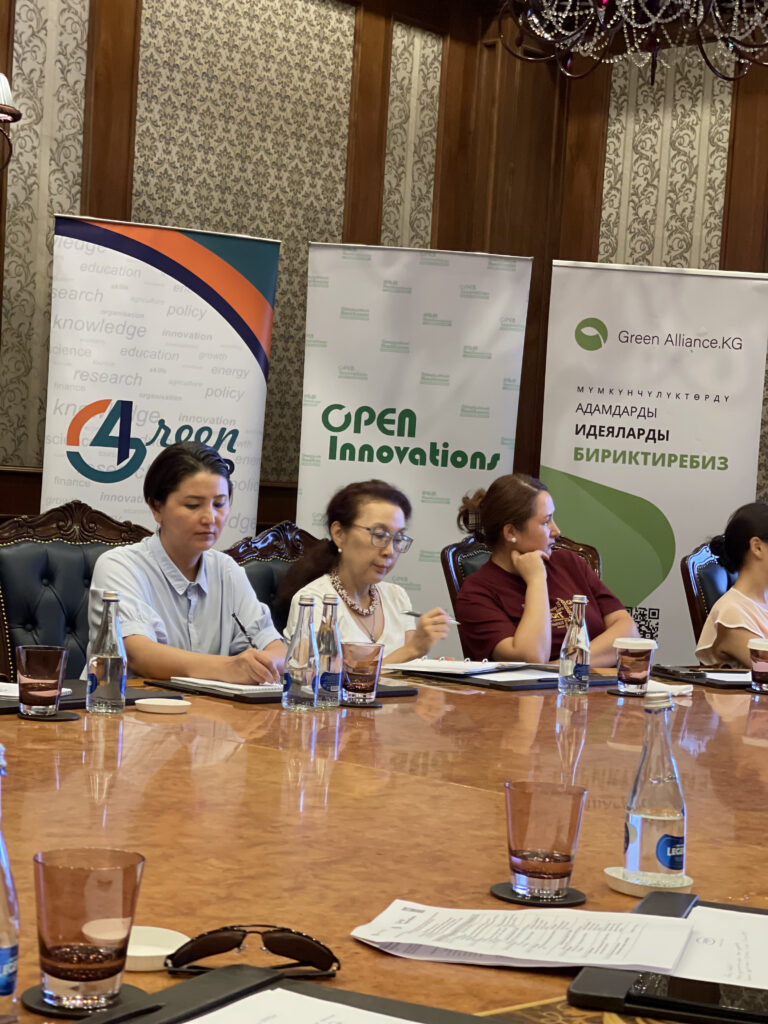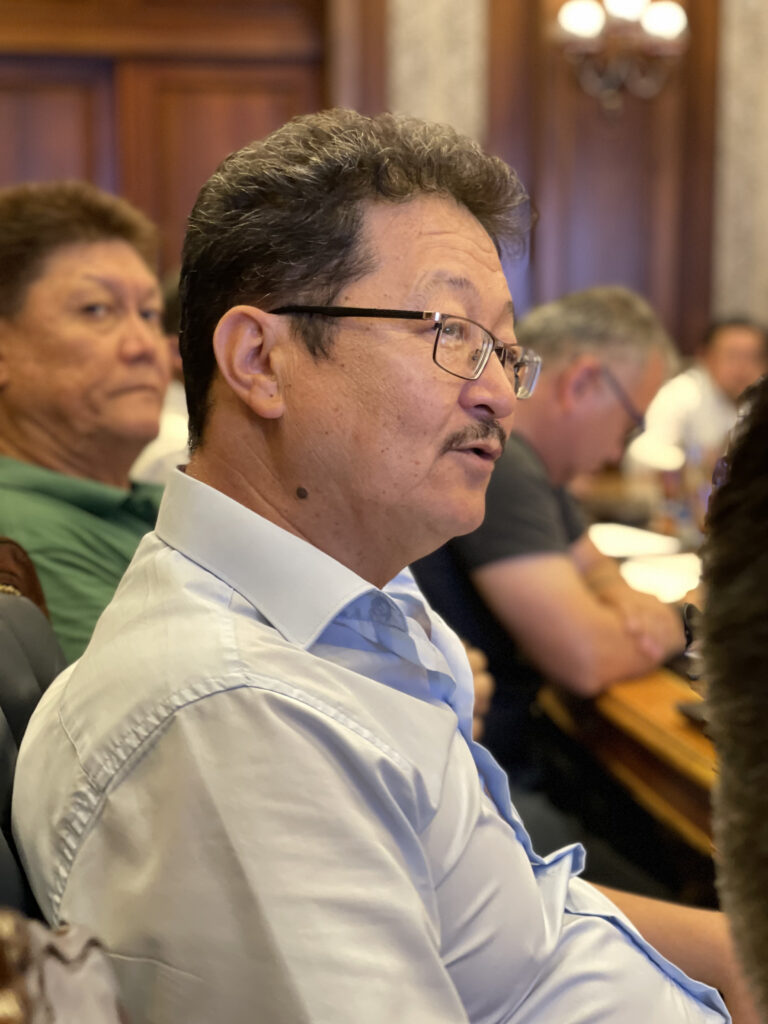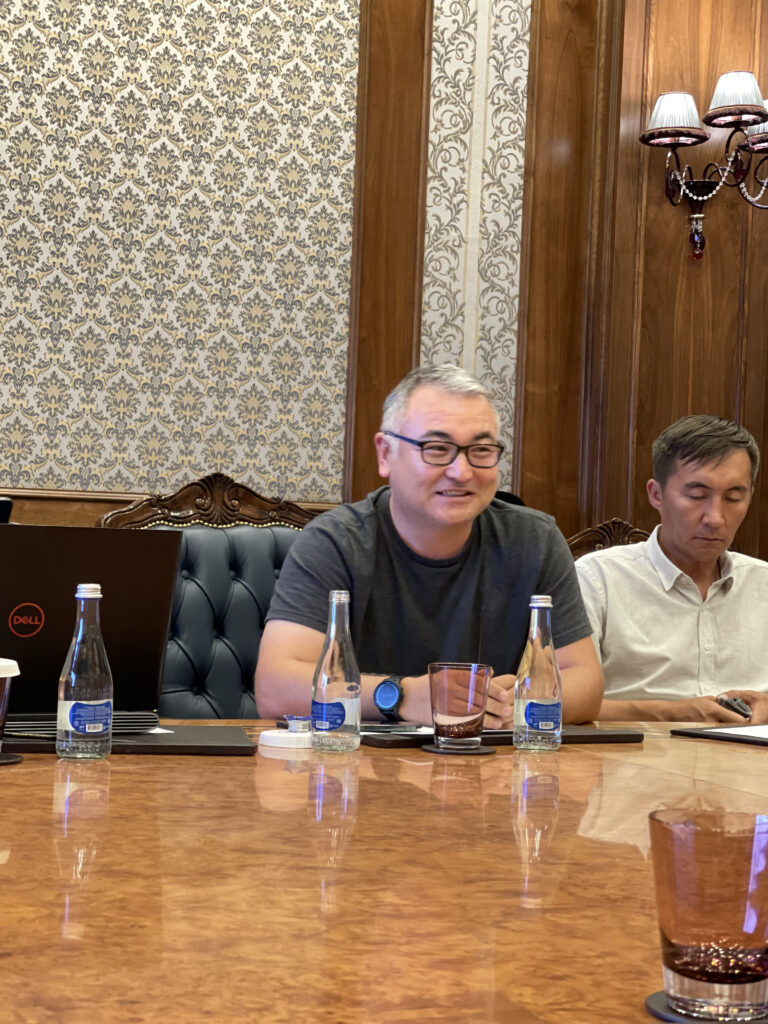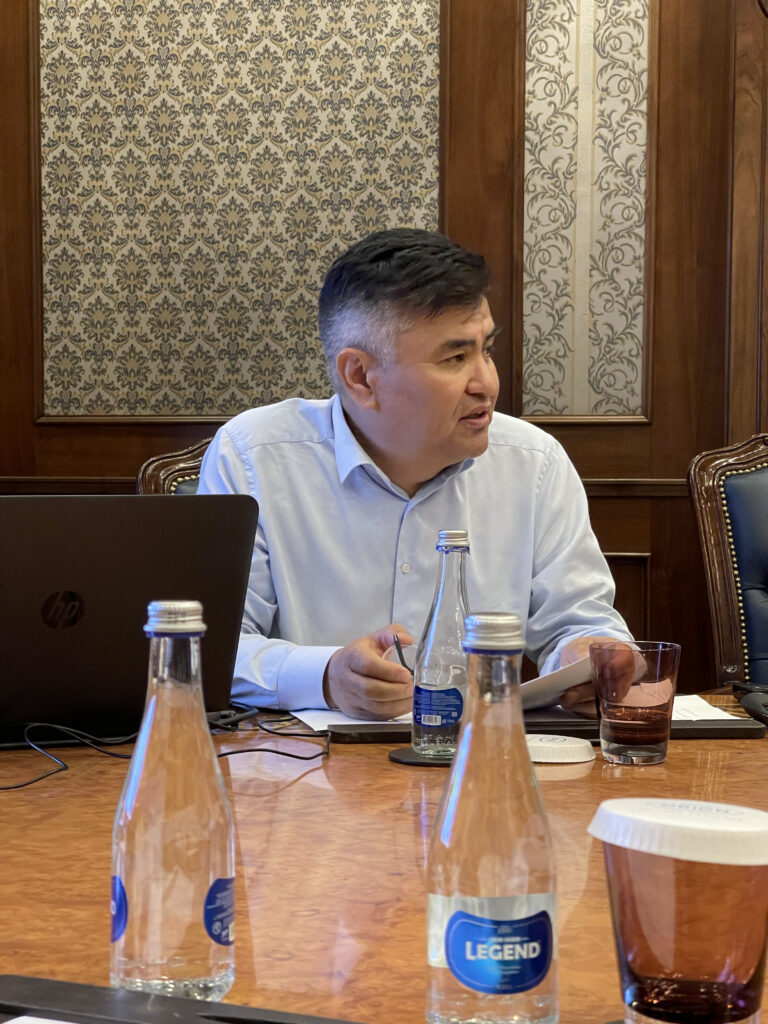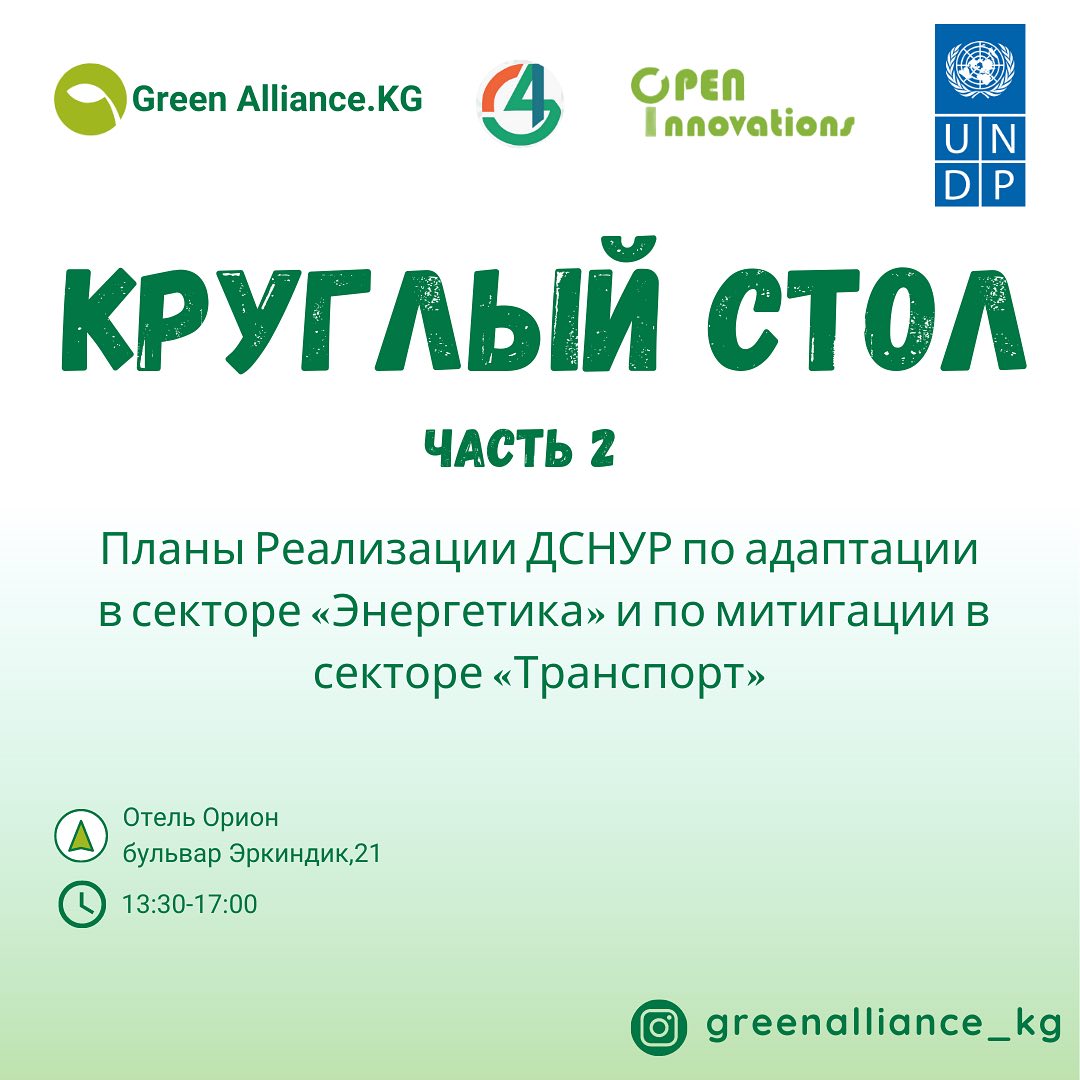
25.07.2023
EXPERTS AND PARTICIPANTS OF THE ROUND TABLE DISCUSSED PLANS FOR THE IMPLEMENTATION OF THE A LONG-TERM LOW-CARBON DEVELOPMENT STRATEGY FOR ADAPTATION IN THE ON ADAPTATION IN “ENERGY SECTOR” AND ON MITIGATION IN “TRANSPORT SECTOR”
On July 25, within the framework of the UNDP project “Providing advisory support in the development of the “Extended Plan for the Implementation of the NDC and the Long-term Low-Carbon Development Strategy (LTS) until 2050,” specialists held a discussion of plans for the implementation of the LTS for adaptation in the “Energy” sector and for mitigation in the “Transport” sector.
Transport accounts for about a fifth of global CO₂ emissions. But where do these emissions come from and how might they change in the coming decades? Road transport accounts for three quarters of transport emissions. Most of them come from passenger transport – cars and buses, which account for 45.1%. The remaining 29.4% come from trucks.
During the round table with the participation of stakeholders represented by representatives of the civil sector, private companies, NGOs, the academic community, youth and UNDP experts, and specialists in these fields, the NDC Implementation Plans were presented.
Edilbek Bogombaev, UNDP energy expert, in a panel session dedicated to the preparation of the NDC on adaptation in the Energy sector, emphasized that there are 24 measures in the NDC implementation plan in the energy sector. At the same time, according to Bogombaev, nine tasks have been identified, namely, improving the energy efficiency of buildings and households, taking into account the needs of vulnerable groups, including women; reducing coal consumption through gasification of households and boiler houses; development of renewable energy sources; development of hydropower; reduction of electricity losses during transmission; reduction of electricity losses during distribution; improvement of heat supply systems in Bishkek; increase of the sector’s capacity for monitoring and reporting of GHG emissions; and raising public awareness
Asan Sadykov, General Director of Kyrgyz Wind System OJSC, spoke about the installation of electrolyzers for hydrogen production at thermal power plants and other generating stations, and the transition to the use of hydrogen fuel cells at thermal power plants to generate electricity and heat, during his presentation on the topic “Prospects for the Development of Hydrogen Energy in the Kyrgyz Republic”. He also added that 1 kilogram of hydrogen fuel contains as much energy as 2.1 kg of natural gas or 2.8 kg of gasoline, 4.5 kg of diesel fuel. The plant with a capacity of 10 MW will produce 200 thousand metric tons of “green” hydrogen per year.
“Mobile sources produce direct greenhouse gas emissions, namely, carbon dioxide (CO2), methane (CH4) and nitrous oxide (N2O) when burning different types of fuel, as well as several other types of pollutants. The LTS implementation plan in the Transport sector has 5 objectives, development of electric transport; improvement of traffic management and development of bicycle infrastructure; replacement of buses with internal combustion engines with gas engines; improvement of public transport, access and use of vehicles; and improvement of the transport operation and management system.” – reminded Rajap Bayaliev, UNDP expert during his presentation “LTS until 2050: Mitigation in the Transport sector”.
Alimzhan Djumashev, Chairman of the Board of Directors of Kami Motors LLC told about KAMI NIMBLE – as the embodiment of their belief in the ideal city truck. This modern locally assembled city truck has a carrying capacity of 700 kg, while the range is up to 120 km. on a full charge. “At the moment, we already have approval for the first batch of cars and are actively releasing them on the roads of our country,” concluded Dzhumashev.
“The main barriers to the transition to electric vehicles in the country are the lack of a regulatory framework for the development of charging infrastructure, restrictions on energy capacity at locations, the lack of incentive mechanisms, and the lack of sources of green financing for the development of electric transport in general,” shared Iskender Suleimanov, General Director, Green Spark LLC. He also concluded that since 2020, they have successfully developed and adapted the SPARK KG mobile application for more than 4,000 users, installed more than 50 charging stations for private and public use, and prepared a draft of the Bill on the development of electric transport.
Ysabekova Baktygul, UNDP NDC/LTS Implementation Coordinator, in her presentation on the project “Climate Promise: Phase 2” and the process of developing the LSDC Implementation Plan until 2050” acquainted the round table participants with the current data and emphasized the importance of a long-term low-carbon development strategy for the country.
“To achieve the Paris Agreement, countries develop NDCs, which are voluntary commitments of countries. At the same time, the development of NDCs is aimed at solving the following tasks: Assess the country’s contribution to achieving the goals of the Paris Agreement; Demonstrate the commitment of the parties and specify the integration of climate issues into socio-economic development plans; Involve all state and non-state stakeholders in the fight against climate change; “Strengthen the process of climate change policy management at the national, regional and local levels of the country. Kyrgyzstan presented its Proposed NDC in September 2015 and the Updated NDC in 2021. The next deadline for review and submission of NDC 2 is 2025-26,” she concluded.
Main conflusions
During the discussion, experts noted that transport accounts for about a fifth of global CO₂ emissions. The discussion also included questions about where these emissions come from and what changes are expected as greenhouse gas levels increase in the coming decades. According to the results of the study, conducted using international methods for calculating greenhouse gases, it was found that road transport accounts for three quarters of transport emissions in the country. Most of them come from passenger transport – cars and buses, which account for 45.1%. The remaining 29.4% come from trucks. Therefore, the government needs to take measures as soon as possible to reduce emissions in this sector by developing appropriate regulations that will allow the private sector to import and produce “green” technologies in the energy and transport sectors. Other energy production solutions should also be considered, since demand for it will grow in the future. For example, the development of hydrogen energy and the transition to the use of electric vehicles.
After active discussions, exchange of ideas, recommendations, conclusions, this round table ended with an exhibition of electric cars in the parking lot of the Orion Hotel, where participants were able to get acquainted with some models and learned about the advantages of electric cars for daily use.
This event is being implemented with the support of the UNDP project “Providing Advisory Support in the Development of the “Expanded Plan for the Implementation of the NDC and the Long-Term Low-Carbon Development Strategy (LTS) until 2050”.
This process is coordinated by the Ministry of Natural Resources, Ecology and Technical Supervision of the Kyrgyz Republic and is supported within the framework of the UNDP global initiative “Climate Promise: Phase 2”.
